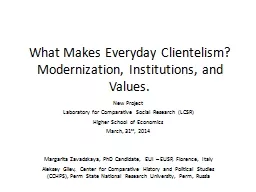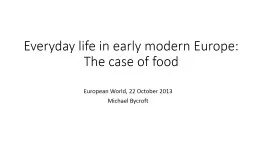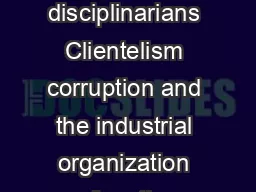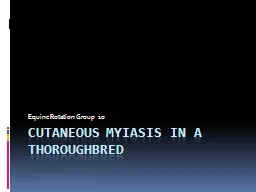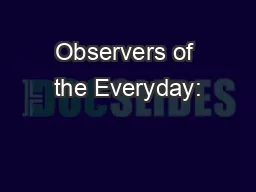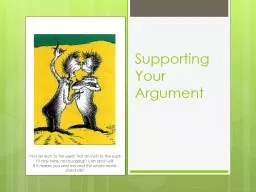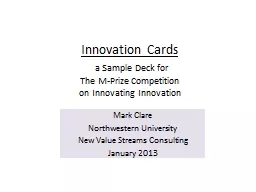PPT-What Makes Everyday Clientelism?
Author : luanne-stotts | Published Date : 2016-07-02
Modernization Institutions and Values New Project Laboratory for Comparative Social Research LCSR Higher School of Economics March 3 1 st 2014 Margarita
Presentation Embed Code
Download Presentation
Download Presentation The PPT/PDF document "What Makes Everyday Clientelism?" is the property of its rightful owner. Permission is granted to download and print the materials on this website for personal, non-commercial use only, and to display it on your personal computer provided you do not modify the materials and that you retain all copyright notices contained in the materials. By downloading content from our website, you accept the terms of this agreement.
What Makes Everyday Clientelism?: Transcript
Download Rules Of Document
"What Makes Everyday Clientelism?"The content belongs to its owner. You may download and print it for personal use, without modification, and keep all copyright notices. By downloading, you agree to these terms.
Related Documents

